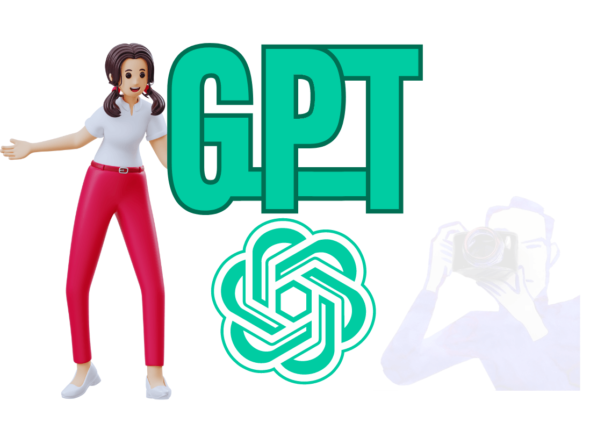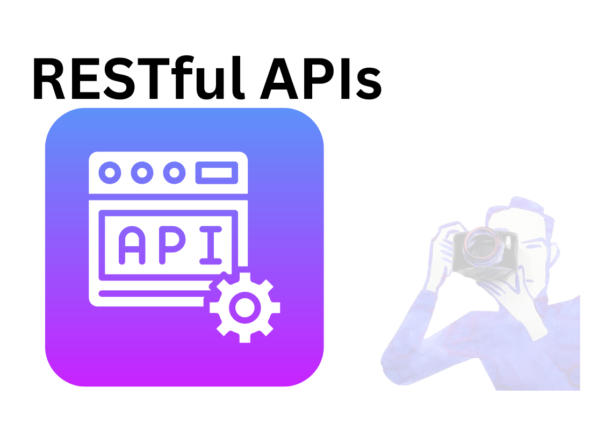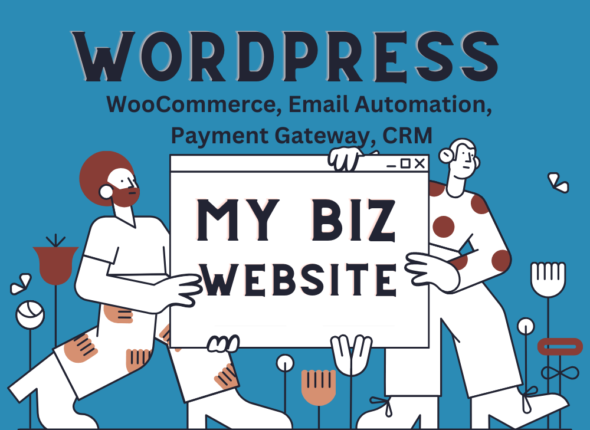Currently Empty: ₹0.00



Course Overview:
Getting Started With PHP And MySQL For Beginners is a comprehensive course designed to introduce individuals to web development using PHP and MySQL. This course is ideal for beginners with little to no prior programming experience who want to learn how to build dynamic, database-driven websites. Through a combination of theory, hands-on exercises, and practical projects, participants will gain a solid foundation in PHP programming language and MySQL database management, enabling them to create interactive web applications.
Course Structure:
Module 1: Introduction to Web Development
- Overview of web development technologies and concepts
- Understanding client-side vs. server-side scripting
- Introduction to PHP and MySQL
Module 2: Setting Up Development Environment
- Installing and configuring PHP, MySQL, and Apache server (XAMPP or WAMP)
- Setting up a local development environment for PHP and MySQL
Module 3: PHP Basics
- Syntax and structure of PHP language
- Variables, data types, and operators
- Control structures (if statements, loops)
- Functions and arrays in PHP
Module 4: Working with Forms and User Input
- Handling form submission in PHP
- Validating user input
- Sanitizing and securing user data
Module 5: Introduction to MySQL Database
- Understanding relational databases
- Creating databases and tables in MySQL
- Basic SQL commands (SELECT, INSERT, UPDATE, DELETE)
Module 6: Connecting PHP with MySQL
- Establishing database connections in PHP
- Executing SQL queries from PHP
- Retrieving and displaying data from MySQL database
Module 7: Building Dynamic Web Pages with PHP and MySQL
- Integrating PHP and MySQL to create dynamic web pages
- Displaying data from MySQL database on web pages
- Building interactive forms to add, edit, and delete records
Module 8: Session Management and Authentication
- Managing sessions and cookies in PHP
- Implementing user authentication and authorization
- Securing web applications against common vulnerabilities
Module 9: Error Handling and Debugging
- Handling errors and exceptions in PHP
- Debugging PHP code using print statements and debugging tools
- Best practices for error handling and troubleshooting
Module 10: Project-Based Learning
- Hands-on projects to apply concepts learned throughout the course
- Building a dynamic, database-driven web application from scratch
- Collaborative coding exercises and code reviews
Additional Resources:
- Recommended readings, articles, and online tutorials
- PHP and MySQL community forums and discussion groups
- Access to online coding platforms for practice
Course Duration:
- The course is designed to be completed in approximately 2-3 months, depending on the pace of study and individual learning goals.
Prerequisites:
- No prior programming experience required
- Basic familiarity with HTML and CSS is helpful but not required
- Access to a computer with internet connectivity
Instructors:
- The course will be taught by experienced web developers with expertise in PHP and MySQL.
Method of Instruction:
- Video lectures and demonstrations
- Hands-on coding exercises
- Real-world projects and case studies
- Quizzes and assessments
- Discussion forums for collaboration and support
Outcome:
- Upon completion of Getting Started With PHP And MySQL For Beginners course, participants will have gained a solid understanding of PHP programming language and MySQL database management. They will be equipped with the skills and knowledge to create dynamic, database-driven web applications, paving the way for further exploration in web development and related fields.




